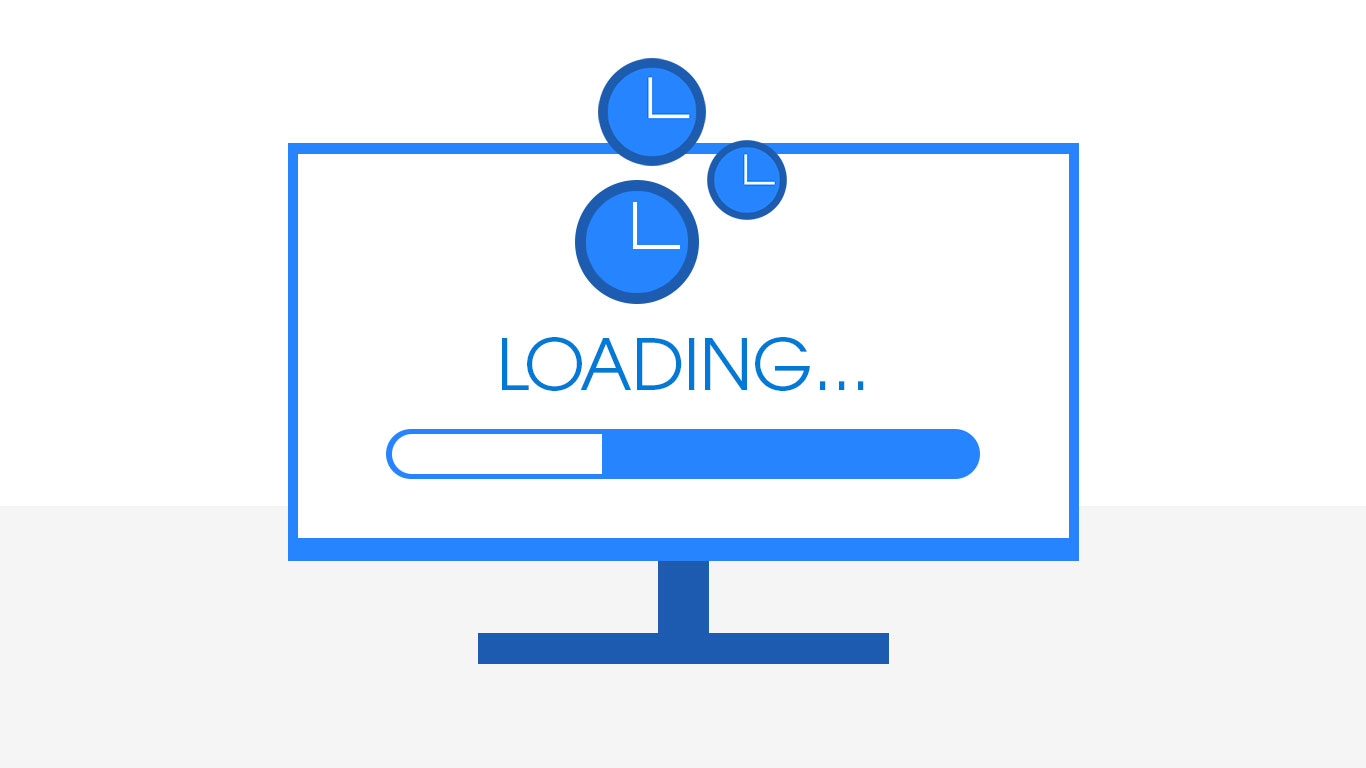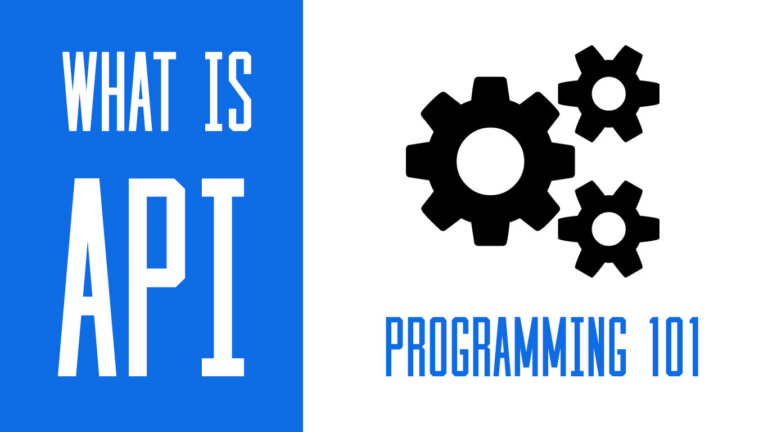How to Make Your Website Load Faster
40% of people leave pages that take more than 3 seconds to load. In a fast-paced society, web performance has a great influence on the growth of an application’s user experience. Taking care of how quickly your pages load onto user’s devices is an increasingly important part of the development workflow. In the software application […]
Project Tips and Tricks

40% of people leave pages that take more than 3 seconds to load. In a fast-paced society, web performance has a great influence on the growth of an application’s user experience. Taking care of how quickly your pages load onto user’s devices is an increasingly important part of the development workflow. In the software application world, speed equals money.
Speed Equals Money:
- 2.2 second load-time reduction results in 15.4% more downloads
- 1 second slowdown results in 11% less page views
- 2-second delays result in 4.3% loss in revenue per visitor and 3.75% reduction in clicks
- Cutting page load time in half results in 13% increase in sales
As you can see, it is vitally important to have a fast performing website. Let’s see what influences this performance.
Top Influence on a Slow Website
When a website is overloaded with code, libraries, and data, the response time leaves plenty of room for improvement. This is because every new feature or library that is added to the application means a bigger bundle that the website must download in order to function.
A brand new website will run wonderfully quickly, but as it gets older, it will begin to slow down, taking longer to load. The reason for this is linked to the database. The more information saved to a database increases the chances that the website will not run as effectively as when the site was first launched. If a website is super complex, databases and code will need to be combined in order to load faster.
Ways to Reduce the Load Time of Your Website
Images
Images can significantly drag down the speed of your website. Listed below are some simple steps you can take to reduce the load time of your website due to large images.
- Shrink the file sizes of the images on your site
- Reduce the number of images you use
- Export the image at a lower quality
- Compress the image to increase the efficiency of image data storage
Use Server-Plugins Sparingly
When using WordPress, there are numerous plugins you can install on your website. But, if you use too many, it will drag down the speed of your website. Use server-plugins sparingly in order to decrease the number of files loaded onto your site. One of our best practices is to regularly look through plugins attached to a website so that we may evaluate which ones can be deleted.
Leave Out Unessaccary Scripts
External scripts are the sections of JavaScript added to a website that lead or pull from an outside source. These external scripts make HTTP requests of another application every time a new page loads. If your site runs slow, you may want to evaluate how many externals script are written into your pages. Here are some examples:
- “like my social media” boxes
- External Fonts
- External commenting systems
- Pop-up Boxes
Webpack: Here at Swan Software Solutions, we use a system called webpack which bundles all of our written code enabling our websites to load quicker. As we add more features to our websites, webpack is automatically adding all imported features and bundling them into one file. This means that all features will load together not separately.
If you struggle with a slow website, our quality team of developers can test your code. We have over 22 engineers already testing code for our customers. Contact us today for 2 weeks of free QA with No Commitment, just try us out!




